Can you learn how to do remarkable things?
Can you learn the skills that will make people say: “Wauw, that’s impossible for me!”?
You might think some people are born to be remarkable.
You either have a genetic advantage or you don’t.
Lazar. Dusan. Hannibal for King have the right genes. People like Frank Medrano, Ido Portal, Al Kavadlo. Brandon Meyers has them too, and Adam Raw, and Hit Richards.
The list of extraordinary people goes on and on.
But ordinary people like you and me?
Not too long ago, I used to think I was just too much of an average Joe to even scratch the surface of what those people were doing.
Too weak. Too old. Too little. Too much of anything I could think of.
Thinking about doing remarkable stuff would make me chuckle too.
I could never do that impossible stuff!
If the same belief keeps crossing your mind. Let me tell you that your thinking is flawed.
It’s not impossible. If it were, why are so many people doing it?
They are the living proof that you can learn what they are doing. Even you can do the ‘extraordinary’.
Let me tell you how.
How To Build Up Any Move Like A Puzzle
Every move has it’s secrets.
A slow and steady path of steps, that should follow one and another.
Think about it like building a puzzle. Laying one piece at a time.
You don’t start with the entire finished puzzle, you start by laying 1 piece as perfectly as you can.
Throw away a piece and you’ll find yourself with an incomplete puzzle.
Impatiently place your pieces in an attempt to build the puzzle as fast as possible and you’ll find yourself with a different puzzle than on the cover.
Patiently place every piece with another interlocking one and you’ll find yourself building a puzzle that’s bigger than you could have ever imagined.
The puzzle of learning a new move requires you to ask yourself 3 simple questions:
- Where do I need flexibility?
- Where do I need to be strong?
- How can I use the law of gravity/levers to make this move easier or harder?
We will use these questions to make a progression for the pistol squat.
It’s an easy puzzle to solve.
The Flexibility In The Pistol Squat
There are 3 important joints involved in the pistol: The ankle, the knee and the hip.
Some external rotation of your hip. Meaning opening up your hip slightly.
Full knee flexion. Meaning having the ability to move your heel to your butt.
The issue with most people is that a pistol squat will require you to have good ankle dorsiflexion.
This means having the ability to move your knees beyond your ankles while keeping your heels on the ground.
You can cheat by wearing high shoes, but you’ll discover the hard way that you can’t do a pistol squat if you aren’t wearing them.
Your shoes are compensating for your lack of ankle flexibility.
As a result you never really addressed the issue.
So before you start your pistol squat training, you need to do a small test.
Start in a regular sitting position with your legs straight.
Place your left or right heel as close to your butt as possible.
Keep your hands straight and push them as far in front of you.
Use some momentum to roll forward on your ankle while keeping your opposite leg straight and from the ground.
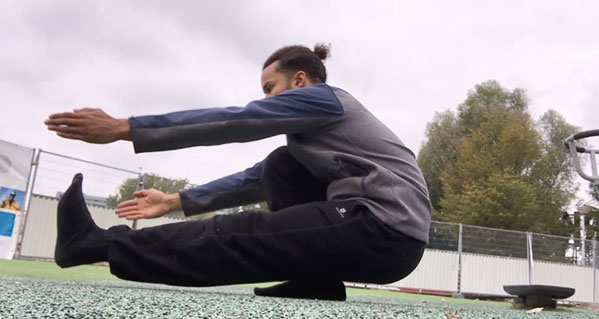
Get into the final position and try to hold yourself.
If it’s possible on both feet, you have the required dorsiflexion for the pistol squat.
If it isn’t possible, you’ll probably need to work on your dorsiflexion first.
Use this stretch to increase your ankle flexibility.
First bounce into your deepest stretch for 30 repetitions.
Then hold this position for about 60 seconds.
Repeat for 3-5 sets.
In some cases, due to bad shoes or supporting soles, the ankles might need some more force.
Either ask someone to add some pressure by pushing on your back.
Or hold some external weight in your hands. Always do this with patience and intelligence.
So let’s get started with the ‘pistol squat’.
Side To Side Squat
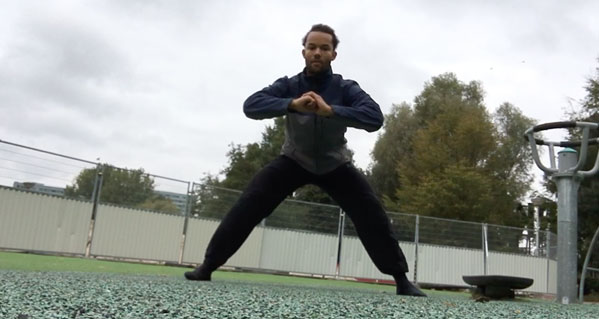
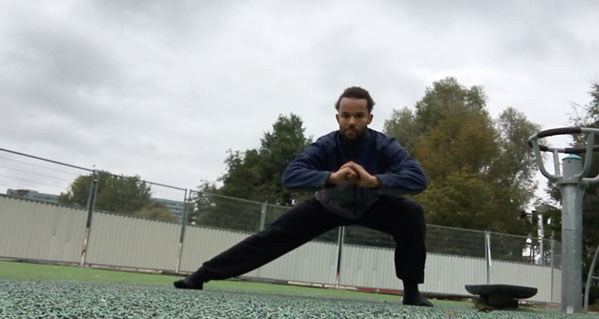
Main goal: Developing basic quad strength
Additional goal: Opening up the hips
1) Start by adopting a wide stance with your legs beyond shoulder width.
2) Shift your weight to 1 leg until you reach about a 90 degree angle with your knee.
3) Go back to the starting position and repeat for the other leg.
Mastery at 5×15 repetitions
Knee Compression Exercise
Main goal: Developing strong quads
Additional goal: Ankle and knee prehabilitation
1) Start by placing both of your knees on the ground while keeping an upright position.
2) Lift your arms up until about shoulder height while keeping them straight
3) Keep your knees together and your arms in front of you while you slowly start moving the back of your head to the ground.
4) Keep your abs and glutes contracted to ensure you keep your torso straight.
5) Keep going down until your heels touch your glutes and move back to your starting position with a straight torso.
Mastery at 5×10 repetitions
Shrimp Beginner Exercise
Main goal: Developing quad strength and balance
Additional goal: Prehabilitation of the knee joint by strengthening the VMO (The most important quad muscle for knee stability)
1) Start in an upright position with your arms in front of you and 1 leg from the ground with your foot pointing backwards.
2) Slowly move down until the non-standing knee touches the ground.
3) Make sure you keep your non-standing foot from the ground and move up again.
Mastery at 5×10 repetitions
Note: The ankle is allowed to slightly elevate to target the quads more, if you have more than enough dorsiflexion placing the ankle flat on the ground is also an option.
Pistol Squat Roll/Eccentric
Main goal: Developing quad strength and balance
Additional goal: Timing the right muscle contractions
1) Start in a sitting position with the standing foot as close to your glutes as possible and the non-standing foot completely straight.
2) Round your back and shift your weight backwards to initiate the roll.
3) Shift your weight forward and use the the standing leg to stand up as you would with a full pistol squat until you reach an upright position.
4) For the eccentric part, slowly get back to your sitting position by doing only the downward part of the pistol squat in a 5-10 second count until you can get back into the roll.
Mastery at 5×10 repetitions
Note: Depending on your strength and rate of adaptation you can start with eccentrics first before going into the full roll.
Full Pistol Squat
Main goal: Developing quad strength and balance
1) Start in an upright position with your arms in front of you and 1 leg from the ground.
2) Slowly move down until you are in the lowest possible pistol squat position.
3) Move up again until you reach your starting position and repeat.
Mastery at 5×10 repetitions
Make An Extraordinary Puzzle
No matter what the challenge, there is a way to get there.
Perhaps you don’t have the time, perhaps you don’t have the money.
But there aren’t any video game cheat codes which people can use to ‘unlock’ a new move.
They need to go through the grind, just like you.
If you want to start working on any type of move, start with the right questions and progressions.
Keep laying your extraordinary puzzle.
Piece by piece.
Until that last piece falls in place.
Beast mode ON!
Now I’d like to hear from you:
Did you like this post?
Or maybe you have a question.
Either way, make sure you get your download and leave a quick comment below right now.


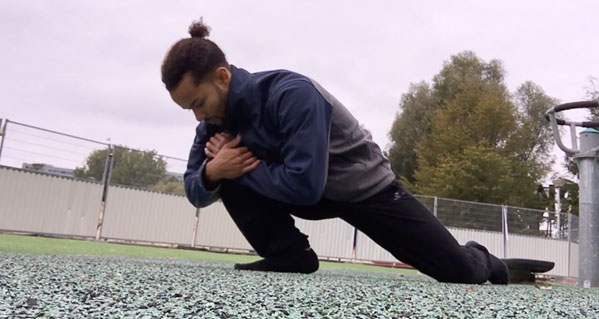
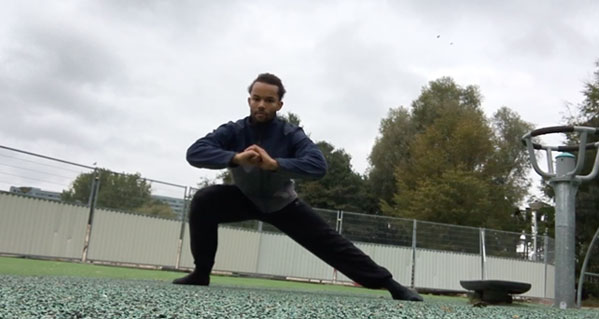
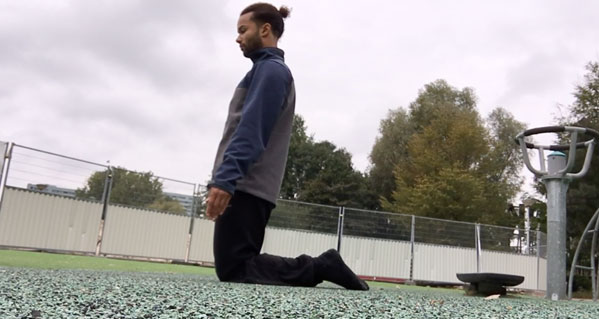
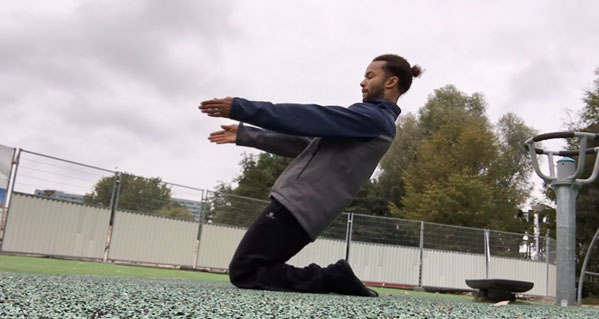
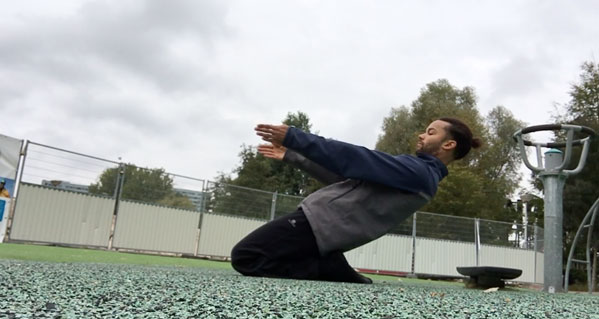
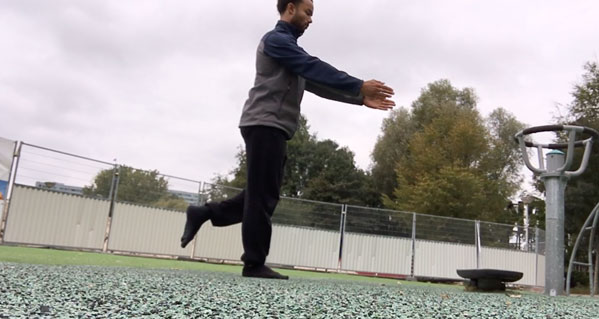
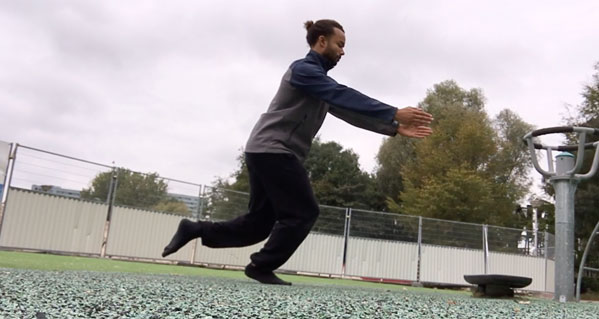
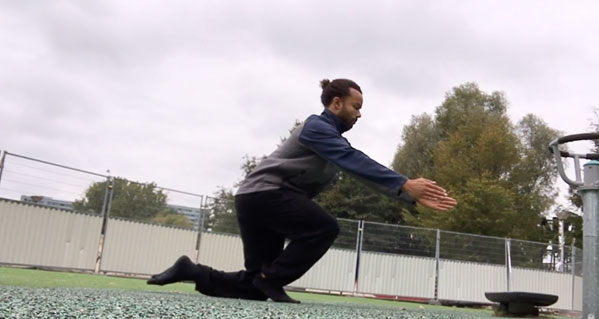
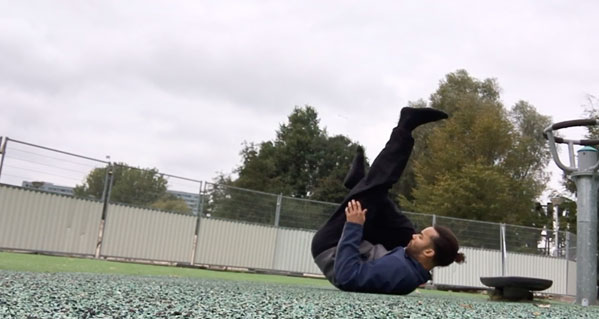
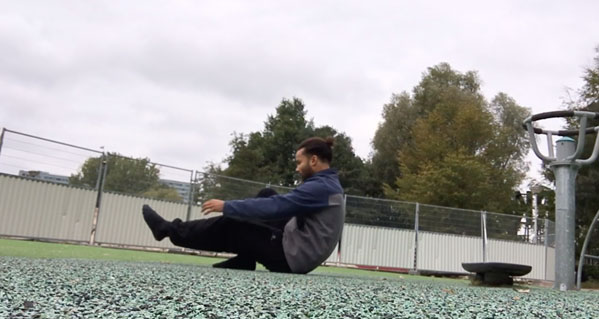
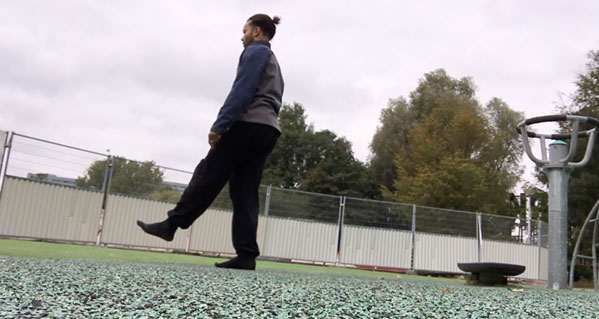
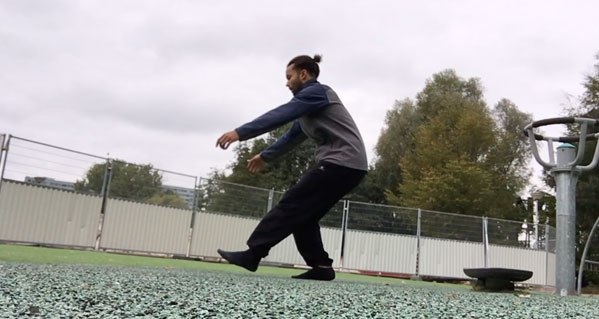
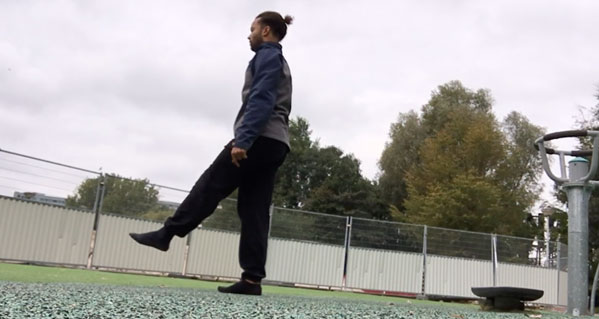
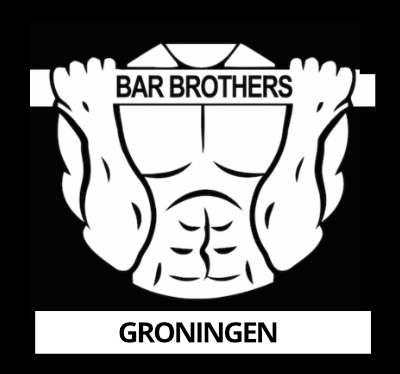
I know you talk about ankle mobility so that the knees should pass the toes, but I constantly keep hearing about how you should make sure your knees don’t pass your toes when you squat. Is this different for the pistol squat or what?
Hey Kaviru,
Great question.
That’s pretty much bullshit ;), sorry for the language. This only applies if you put ‘very big loads on your knees’ or in certain situations. Just take a look at a 5-year old kid at the playground. If you have to believe ‘those experts you are talking about’ every single kid on this planet would need ACL reconstruction. Not only do they put their knees in all kind of beyond-ankle situations, they actually also load their knees in those situations and get up without a scratch. The truth? They are bulletproofing their knees for real life.
Take a look at the sissy squat for example:
https://www.youtube.com/watch?v=FaFqKvJk25A
You actually want to have that strength and the ability to go there, but you need to build it up the right way.
Beast mode ON!